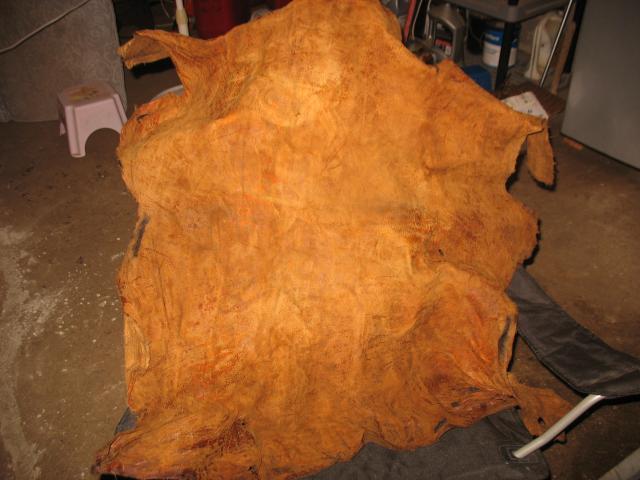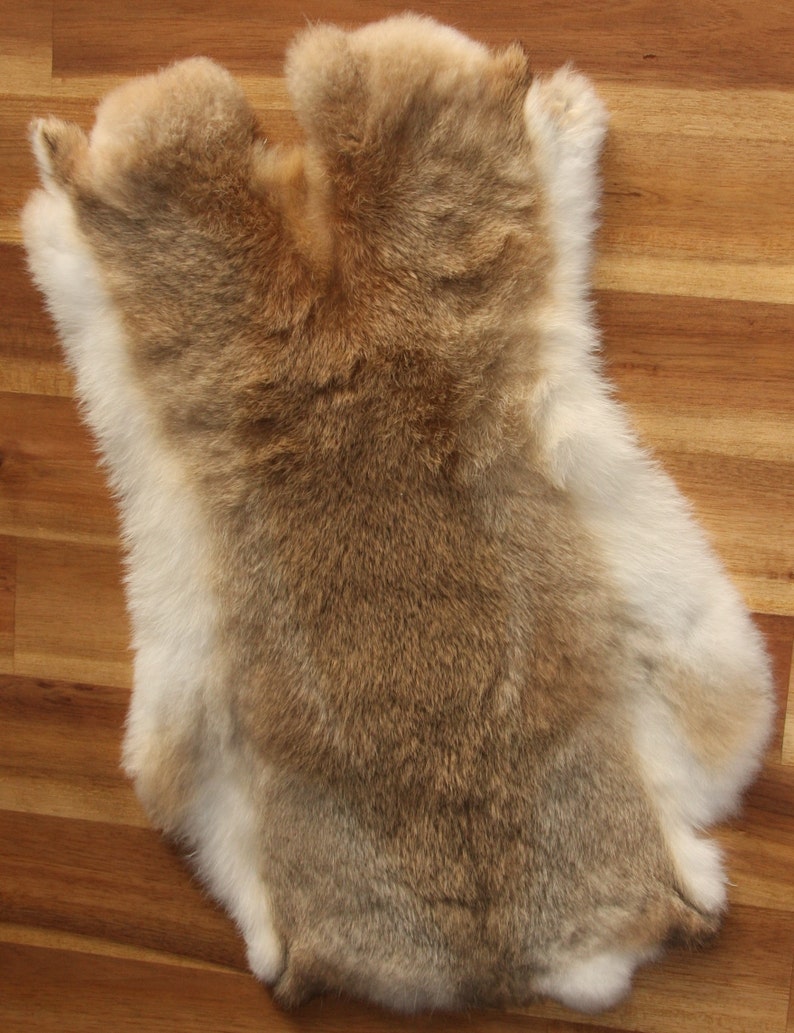

Submerge your rabbit furs in the weakest solution you made (let it cool down first!) and swish them around to make sure the entire skin gets soaked. Reboiling of the bark will make a solution that is a little weaker, Pour off the bark tanning solution into another container and set aside. Jessie swishes it in her mouth to see if it is strong enough– you should feel a noticeable drying and tightening effect in your mouth. The smaller you chop it the quicker/more tannins will leach outįor a batch large enough for roughly 5 rabbits or 1 fox, fill a five gallon (20 liter) pot ¾ up with shredded bark then top it up with water.It needs to be fresh (tannin will get leached out by rain, etc if left sitting outdoors).Jessie mainly uses oak bark and willow bark as her tannin sources since they are traditional and readily available in her area. The basics? Chip up something that’s high in tannin and boil it! To tan you’ll need to make a tanning solution! If you decide to save them to tan in the future: Jessie recommends salting large hides (deer, etc) and freezing the small furs that don’t take up much space. Until you have a batch of them to tan all at once. Like a fox use a fleshing tool on a beam to quickly remove theĬleaned you need to decide if you’re going to tan it now or save it You will need to be gentle with a rabbit skin so you don’t rip it! For a small rabbit hide Jessie uses her fingernails or a modified paint scraper with rounded corners to pull it off. Once you have a skin and it’s laying flat you’ll need to remove any meat, fat, or membrane on it. Go ahead and cut it up the belly side if your fur hasn’t been already. Plus, most skins from hunters have already been slit up the middle when they field dressed the animal. If you plan on sewing it into a clothing article etc, it is helpful if it lays out flat. Jessie: “… you don’t need to use your knife as much as you may Oh, and lets not forget… Tanning is fun! Skinning and Fleshing Rabbits (& other small furs) Tanning also provides a way to turn what is often a wasted by-product into usable articles– she crafts with the furs she tans and sells the finished product.

These days she still tries to make use of hides and furs that would otherwise be wasted, uses tanning as a way to honor the life and death of the animal. That said, she was actually vegan when she first decided to try tanning! But she saw it as a logical way to clothe herself and took the plunge into learning to tan. Jessie (like many of us) loves to delve into skills from our past and explore historical crafts. Hopefully we covered it well enough for you to start, but if you want to speed up the learning process and you’re in the UK go take a workshop in person! Why Tan Fur? It is hard to learn the subtleties of a process from books! Or possibly even audio for that matter…. In regards to how much a teacher helped fastforward the learning process? “The move from cardboard, solid, things to luscious soft buckskin was instant”. Jessie first attempted tanning a roadkill rabbit hide and it turned out as a “crunchy papery thing”, from there she moved to buckskin and it turned out “like a big bit of cardboard.” Very reminiscent of my first hides! 🙂 So when I saw her post on instagram about a rabbit tanning workshop she was holding I reached out to see if she would be gracious enough to come on and talk us through the process. This weeks episode with Jessie Watson Brown from the Oak and Smoke Tannery covers vegetable tanning small furs! I’ve seen a number of people bark tanning fish skins, some folks bark tanning hair off hides (think “normal” leather) but I don’t personally know anyone who bark tans furs. I turn out a serviceable buckskin, but when I leave the hair on they always turn out a little on the stiff side. I don’t know about you, but I’ve always had somewhat mediocre luck with brain tanning furs. Bark Tanned Rabbit Furs– Photo courtesy .uk Fur Tanning


 0 kommentar(er)
0 kommentar(er)
